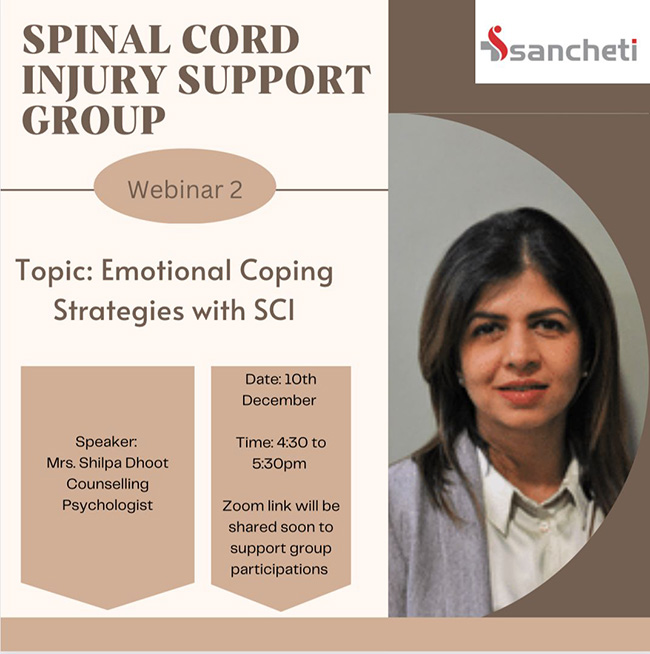BE FAST is an acronym used to help people quickly recognize the signs of a stroke and seek immediate medical attention. Prompt recognition and treatment are crucial, as strokes can lead to permanent brain damage or death if not addressed quickly. Here’s what each letter in BE FAST stands for:
B – Balance:
- Signs: Sudden loss of balance or coordination, dizziness, or difficulty walking.
- What to do: Ask the person if they are feeling dizzy or unsteady.
E – Eyes:
- Signs: Sudden trouble seeing, blurred or double vision, or loss of vision in one or both eyes.
- What to do: Ask if the person is having trouble with their eyesight or if things look blurry or distorted.
F – Face Drooping:
- Signs: One side of the face may droop or feel numb. The smile may appear uneven or lopsided.
- What to do: Ask the person to smile and check if one side of their face droops.
A – Arm Weakness:
- Signs: Sudden weakness or numbness in one arm (or leg), usually on one side of the body.
- What to do: Ask the person to raise both arms. Observe if one arm drifts downward or is unable to rise.
S – Speech Difficulty:
- Signs: Sudden trouble speaking, slurred speech, or difficulty understanding speech.
- What to do: Ask the person to repeat a simple sentence (e.g., “The sky is blue”). Check if their speech is slurred or if they have difficulty forming words.
T – Time to Call 911:
- Action: If any of the above signs are present, it’s time to call emergency services immediately.
- What to do: Every minute counts during a stroke, so seeking prompt medical treatment can make a significant difference in recovery and survival.
Why BE FAST Matters:
- Strokes are medical emergencies that occur when blood flow to part of the brain is interrupted (ischemic stroke) or when a blood vessel in the brain bursts (hemorrhagic stroke).
- Quick treatment can help reduce brain damage and improve outcomes, such as using clot-busting drugs (thrombolytics), which are most effective within the first few hours of the onset of symptoms.
By remembering BE FAST, you can act quickly and potentially save a life or prevent long-term disability in someone experiencing a stroke.
4o









0 comments on “Be FAST in Stroke”